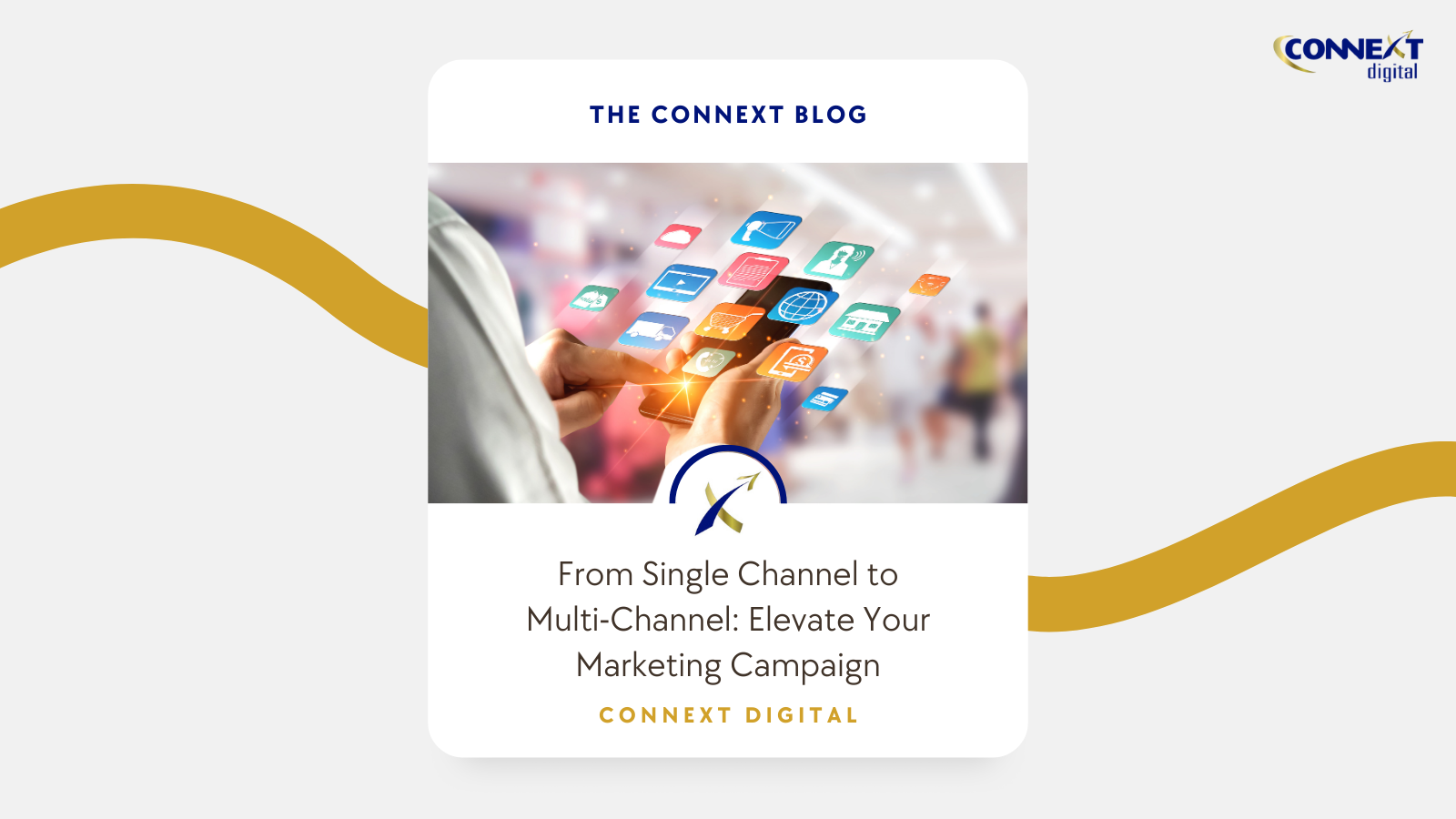
The Power of A/B Testing in Email Marketing: Uncover What Works
In today’s competitive digital landscape, email marketing continues to be a powerful tool for businesses to connect with their audience and drive conversions! With countless emails flooding inboxes every day, it’s crucial to stand out from the crowd and deliver messages that resonate with your customers. This is where A/B testing comes into play. By comparing different variations of your emails, you can unlock valuable insights that allow you to optimize your campaigns to achieve better results. Our team is ready to help you explore the power of A/B testing in email marketing and how you can uncover what works and what doesn’t.
What is A/B Testing?
A/B testing, also known as split testing, is a method where you compare two or more versions of an email to determine which one performs better. This involves creating multiple variations of a single email and sending them to a subset of your audience. By tracking metrics such as open rates, click-through rates, and conversions, you can identify the most effective elements and make data-driven decisions to improve your campaigns for the future.
Key Elements You Can Test:
A/B testing allows you to experiment with various elements of your emails to understand what resonates best with your audience. Here are some key elements you can try testing:
- a) Subject Lines: The subject line is the first impression your email makes, and a slight tweak can significantly impact open rates. Test different subject lines to understand what grabs your audience’s attention and entices them to open your email.
- b) Content and Copy: Experiment with variations in the body of your email, including headline copy, tone of voice, personalization, and call-to-action placement. Test different content lengths, formatting styles, and messaging strategies to see what engages your audience.
- c) Design and Layout: Try different email designs, layouts, and imagery to determine what visually appeals to your specific audience. Sometimes, a small design change can make a big difference in click-through rates.
- d) Call-to-Action (CTA): Test different CTAs, such as button colors, text, placement, and wording. A subtle alteration in your CTA can significantly impact conversion rates.
Setting Up A/B Tests and Testing:
- a) Define Your Goals: Determine the specific metrics you want to improve, such as open rates, click-through rates, or conversions. Clearly defining your goals will help you measure the success of your tests accurately.
- b) Choose Test Variations: Select one element to test at a time to avoid confusion and ensure accurate analysis. For example, if you’re testing subject lines, keep the rest of the email content consistent.
- c) Segment Your Audience: Split your email list into distinct groups and randomly assign each group to receive a different variation of your email. Ensure your sample size is statistically significant and the same number for reliable results.
- d) Track and Analyze Results: Monitor the performance of each variation by tracking relevant metrics. For example, our team is able to provide comprehensive analytics to send you accurate data. Analyze the results to identify trends, patterns, and statistically significant differences.
Implementing Your Findings:
Once you’ve gathered sufficient data, it’s time to implement the insights gained from your A/B tests. Based on your findings, refine your email campaigns by incorporating the winning variations. Iterate and continue testing different elements to optimize your email marketing strategy continually.
The Benefits of A/B Testing:
A/B testing offers several benefits to your email marketing efforts. Here are a few:
- a) Data-Driven Decision Making: A/B testing helps you make informed decisions based on real data rather than assumptions or guesswork. It allows you to understand what works best for your specific audience.
- b) Improved Conversion Rates: By identifying the most effective elements, A/B testing enables you to optimize your emails for better conversion rates, leading to increased sales, sign-ups, or other desired actions.
- c) Enhanced User Experience: Testing different elements of your emails helps you to create an overall more engaging user experience. Tailoring your emails to your audience’s preferences and needs can boost customer satisfaction and loyalty.
- d) Competitive Advantage: A/B testing empowers you to stay ahead of your competition by constantly improving your email marketing campaigns. It enables you to deliver more relevant and impactful messages to your audience.
In conclusion, A/B testing is a powerful tool that allows you to unlock the full potential of your email marketing campaigns. By conducting these tests and analyzing your results, you can make data-driven decisions to optimize your emails, improve engagement, and drive conversions. Embrace the power of A/B testing, and let the data guide you toward crafting more effective email marketing strategies that resonate with your audience. Ready to learn more? Contact our team today to learn how we can help you set up your A/B tests.
Jessica Rodriguez
Search for:
Subscribe to our Newsletter!
Most Popular Blog Posts





